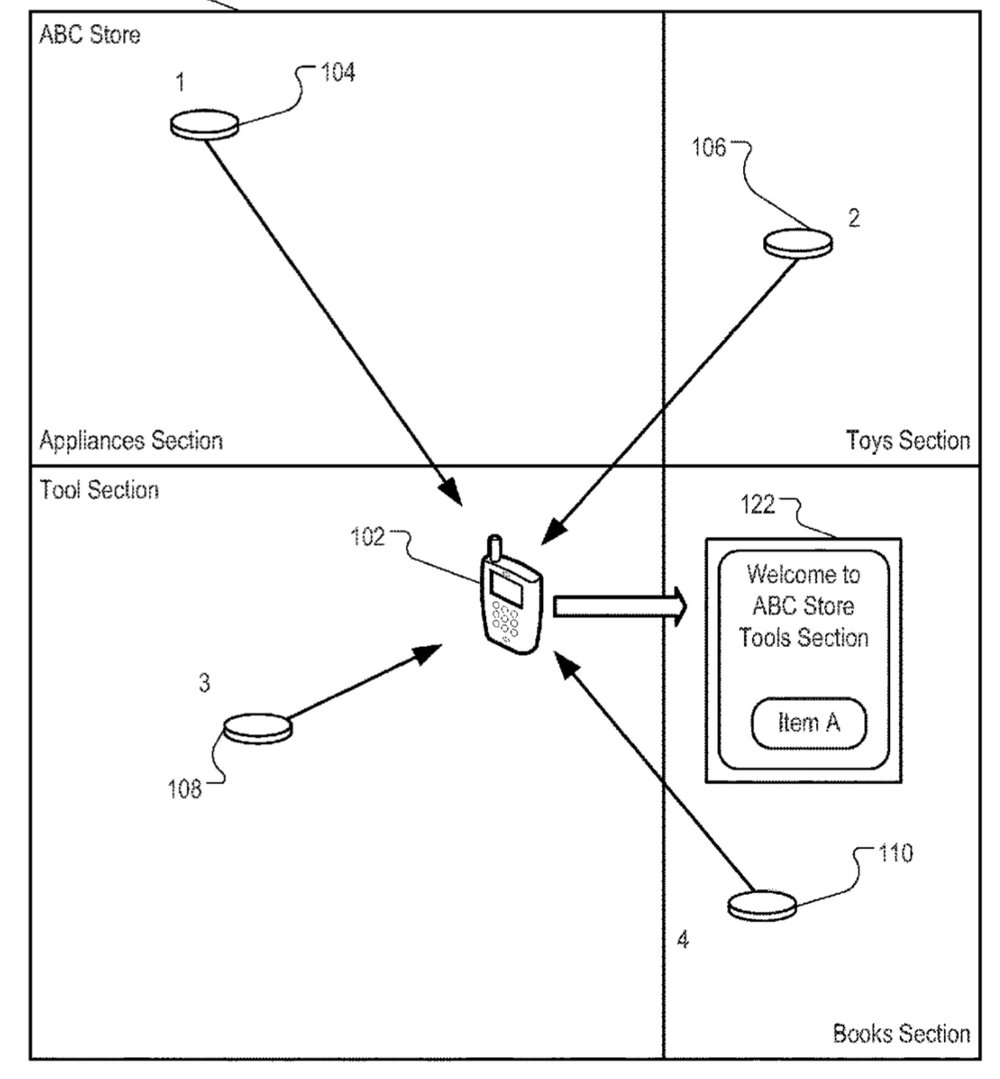Apple has filed for a patent (number 20180167771) for “range-free proximity determination” that involves “geofencing” and iOS devices. A geofence is a virtual geographic boundary, defined by GPS or RFID technology, that enables software to trigger a response when a mobile device such as an iPhone or iPad enters or leaves a particular area.
Lots of mobile devices have features for providing location-based services. For example, a device can execute a pre-specified application program or present certain content upon entering or exiting a geofence. The geofence can be defined by a point location and a radius.

The mobile device — say, an iPhone or iPad — can determine that the mobile device has entered the geofence or exited the geofence by determining an estimated location of the mobile device and calculating a distance between the estimated location and the point location. Based on whether the calculated distance exceeds the radius of the geofence, the mobile device can determine whether the device entered or exited the geofence.
The mobile device can calculate the distance using various technologies. For example, the mobile device can calculate the distance using location coordinates from a global navigation system (e.g., GPS). Among other things, such a feature could allow you to use your iPhone to locate a store in a mall or, theoretically, even a particular product in a store.
Here’s Apple’s summary of the invention (which is heavy on tech speak): “Techniques of range free proximity determination are described. A mobile device can determine an entry into or exit from a proximity fence upon determining that the mobile device is sufficiently close to a signal source. The proximity fence can be a virtual fence defined by the signal source and associated with a service. The mobile device can detect signals from multiple signal sources.
“The mobile device can determine that, among the signal sources, one or more signal sources are located closest to the mobile device based on a ranking of the signal sources using signal strength. The mobile device can determine a probability indicating a confident level of the ranking. The mobile device can determine that the mobile device entered or exited a proximity fence associated with a highest ranked signal source satisfying a confidence threshold.”
Of course, Apple files for — and is granted — lots of patents by the U.S. Patent & Trademark Office. Many are for inventions that never see the light of day. However, you never can tell which ones will materialize in a real product.
Like this article? Consider supporting Apple World Today with a $5 monthly Team AWT membership.
